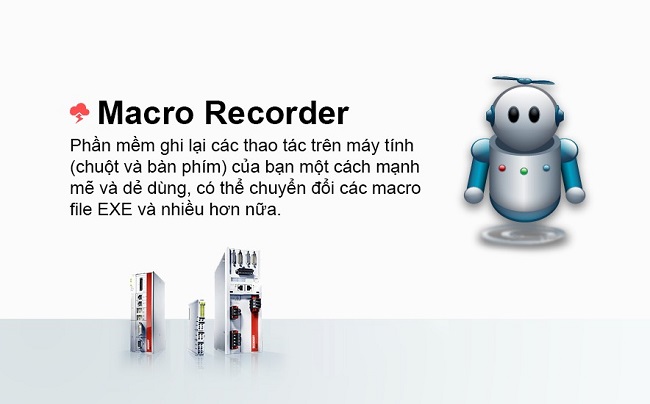
If the text is found, Macro Recorder can position the mouse pointer to the center (or any edge) of the detected text. It also excludes unwanted screen areas, where Macro Recorder shall not look for the text.Įxperienced users can also use Perl RegEx to search for complex text patterns. Restricting the search region increases performance as less screen real estate needs to be monitored. The search scope can be restricted to a region relative to either the desktop or the active program window. This can also be text within a bitmap in any program: This action performs an on-screen text recognition to find the specified text in the specified search area. For example, if waiting for an icon you don't need to search for an entire button but just a fraction of it. The search image only needs to be as large to be distinguishable from the rest of the search region. Keep the search image and search region small to maximize image recognition performance. This action uses a custom high-performance pattern matching algorithm. If the image does not appear within a specifed time-out, Macro Recorder can cancel the script or jump to any other section of your script. Macro Recorder then proceeds with the next action or alternatively branch to the action of your macro script you specified by its label.


If a click action follows the image recognition, make sure to configure a click action with relative mouse coordinates with X and Y set to zero (or an intentional offset of your choice). If the image is detected, Macro Recorder can position the mouse pointer to the center (or any edge) of the detected image. if font rasterization slightly alters the desktop. You can adjust the color tolerance, allowing Macro Recorder to detect images which are not 100% identical with the search image, e.g. It also excludes unwanted screen areas, where Macro Recorder shall not look for the image.

This action pauses the macro playback until Macro Recorder finds the specified image in the specified search area:


 0 kommentar(er)
0 kommentar(er)
